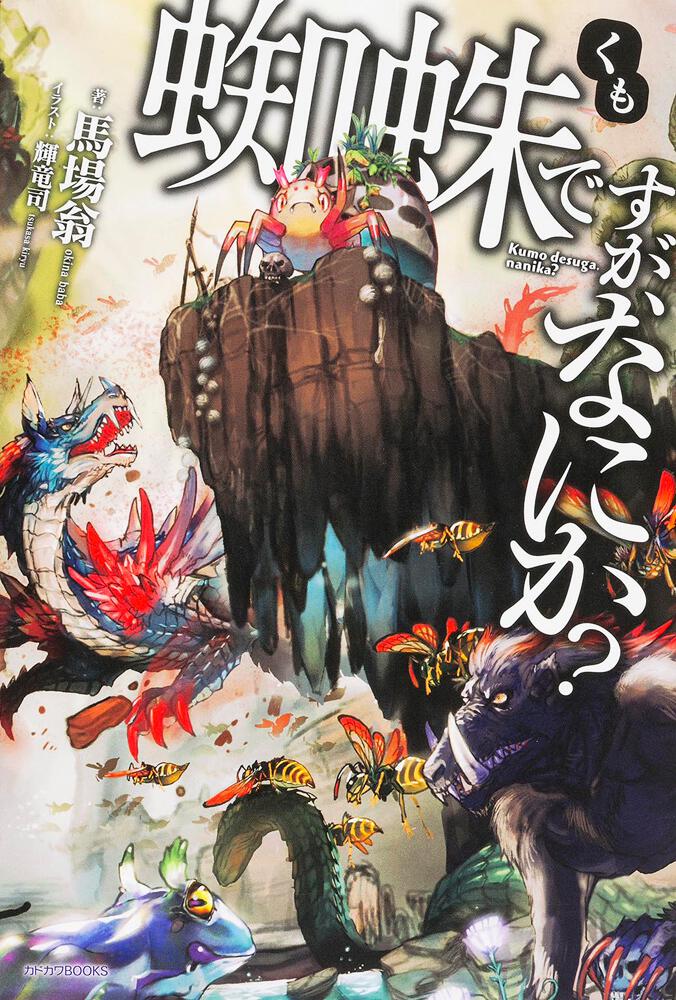 |
| Isekai Quartet |
Isekai, Isekai , isekai isekai , isekai and more isekai and more isekai.
Why are there so many ISEKAI?!
I am sure is a question a lot anime fans have asked themselves after seeing isekai series continue to come year after year.
I will tell you why!
 |
| Shousetsuka ni Narou - 'Lets Become a Novelist' |
To start of the majority of these isekai series started of as webnovels in the website Shousetsuka ni Narou. This website Narou for short is important because it created a platform for anyone to share their works easily and for free without the supervision of editors or publishers. However, how did isekai come to dominate the website?
But first lets talk about the aspects most isekai share. In these stories the main character usually has a cheat ability of some kind that they gain through reincarnation or trasmigration, both very common plot devices. The origins of these devices came from fan fictions where it was used as way for authors to insert themselves into the world of their favourite stories. Shousetsuka ni Narou was known for its fan fiction stories in its early years and most of these isekai continue to have this 'fan fiction' touch.
Even after the shift to more original works the devices such reincarnation from fan fictions continued to be used. However, whilst shift to original original works meant the 'fan' element from these stories were technically 'taken' out, series from narou continued to use a lot of familiar elements such as ones from Japanese role playing games like Dragon Quest. In a sense, these stories are still 'fan fiction' in that they still borrow heavily from many other things like games, manga and light novels, that makes them feel familiar to any reader and authors recognise this and make fun of it through meta references.
However, whilst this might explain the familiar fantasy setting and the isekai element, it does not explain why most of these stories have a powerful main character, a harem amongst other things. The reason for this also goes back to fan fiction. The series with fan fictions in Narou that made the most success were Negima, Zero no Tsukaima and visual novels or eroge. These series all have harem elements and somewhat powerful male main characters. The popularity of these series within the audience of Narou meant many elements from them, of course came to shape the sort of original series that would gain popularity in Narou. Hence, 'cheat' main characters and the presence of many female characters interested in the main character in a sense is something isekai inherited. So fan fiction culture has played a large part in creating the isekai, we know today. However why did a relatively sub culture grow into a mainstream trend?
One big reason for this spread of isekai culture was the popularity boost of the Narou received at the star of the decade through the emerging market of smart phones and similar tech items. These items gave people a way to easily and quickly read novels while, for example in the train to work and back. These novels were perfect things to read for these short commuting journeys since they are free and chapters are usually short and easily digestible since they are quite simple to read for the most part. This greatly boosted the readership of Narou works and in essence this is where the takeover of isekai began.
Publishers of course started to take notice of how much of an audience these works from Narou had and they wanted to have their own piece of the pie. Therefore, around the turn of the last decade many Narou series started to be edited and packed into volumes and turned into official light novels published for sale. It was a slow movement to begin with only a few select titles being picked up. However, the success of the anime of Log Horizon and The Irregular at the Magic High School both Narou titles, as well as Sword Art Online meant many publishers started to pick up Narou novels more frequently. Many found reasonable success, especially the ones that were already popular in Narou.
Of course, this initial success of series from Narou most of which were isekai meant many other publishers jumped into the Narou bandwagon. The widespread success of these series meant in general series from Narou grew an image of their own and came to be called Narou-kei and whilst it might be associated strongly with isekai not all of them are isekai.
Series like Redo of healer and Hidden Dungeon Only I can Enter that aired last season are Narou series but they are not isekai. Of course, all the other isekai currently airing are as you might have guessed Narou series.
 |
| Hidden Dungeon I Can Enter |
The success of Narou stories in the light novel market led to publishers of the light novels to also try to take a chance in manga adaptation to tap into into the bigger manga market. Like the success they found as web novels and then light novels, many were also successful as manga. The Time When I was Reincarnated as a Slime for instance became one of the best selling manga in Japan and has over 25 million copies in print. Its massive success has even led isekai series with slimes to receive anime like the 'By the Grace of The Gods' from last fall in an attempt to catch some of its audience. This level of popularity from Narou works as manga has meant original manga and light novel series not originally from Narou have attempted to explore the market for series like it as well, which has led it to become an even bigger phenomenon than ever before.
 |
| The Time When I was Reincarnated as a Slime - An incredibly successful Narou series |
Web novel > Light Novel > Manga > ?
Why the hell are Narou kei so damn popular?!
One thing that stands out for me is the simplicity of these series. The story are very simple and usually involve the main character adjusting to a new world and sometimes easily becoming the strongest and overcoming any obstacle that appears in their path.
However, the simplicity feeds into another factor which is important to take into account - why is the isekai setting so appealing. For me this is because it is a perfect setting for an escapism fantasy.
eg - Isekai
Reincarnation
 | ||
|
With the isekai plot device, the main character is brought to another world, which is usually has a medieval Europe fantasy setting. the main character is not at the same level as any other person in the series but is instead above through their experiences and knowledge from their previous world when it comes to reincarnation, or special status or skill when it comes to hero setting. This is a set up for a main character that stands above all others like the series highlighted above, they might struggle at first but eventually, the main character can overcome everything and become an unimaginable being.
This plays well also in the fact that most character that are isekai-ed in these novels are usually 'failures' in the previous world. In the sense in that in Reincarnated as a Slime, the main character was unable to have any meaningful relationship or in I am Spider where the main character had no friends or a caring family, so instead she spent her time mostly playing games alone. In other series like The Man Blessed by The Gods, the main character was overworked in a black company. In another world, their knowledge and skills are worth something in a way that in their previous life in our world simply was not. In addition, they have the chance to live a more fulfilling life in contrast to their past one. This is what I feel is the appeal for isekai, and more generally Narou series, they offer easily digestible stories that can make us feel better about ourselves by highlighting that every experience is worth and that every bad moment in our lives is transitional and temporary.
In addition, in these stories usually have the main character grows strong rather fast and they do not struggle a lot in their journey. Part of this is for me because people look for stories that give them positive feelings. Even when they have a darker story the main character still overcome any challenges with somewhat ease. Hence, the isekai setting provides a connection with the reader but the lack of struggles leave people with positive feelings in a mirroring the iyashikei aspect that is prominent in Japan. After all, everyone dreams of an easier and simpler life.
There probably is a need for a deeper study into how these novels could touch so many people and turn into such a phenomenon not only in Japan but outside it as well. I want to delve into this topic with a deeper look next time.
If you liked reading this, please leave a comment and consider following the blog. I would love to hear what you guys think about isekai and if you guys have any topic you want me to write on.
Links -
Narou no Shousetsuka










_vol1_Cover.jpg/220px-Major(manga)_vol1_Cover.jpg)




















